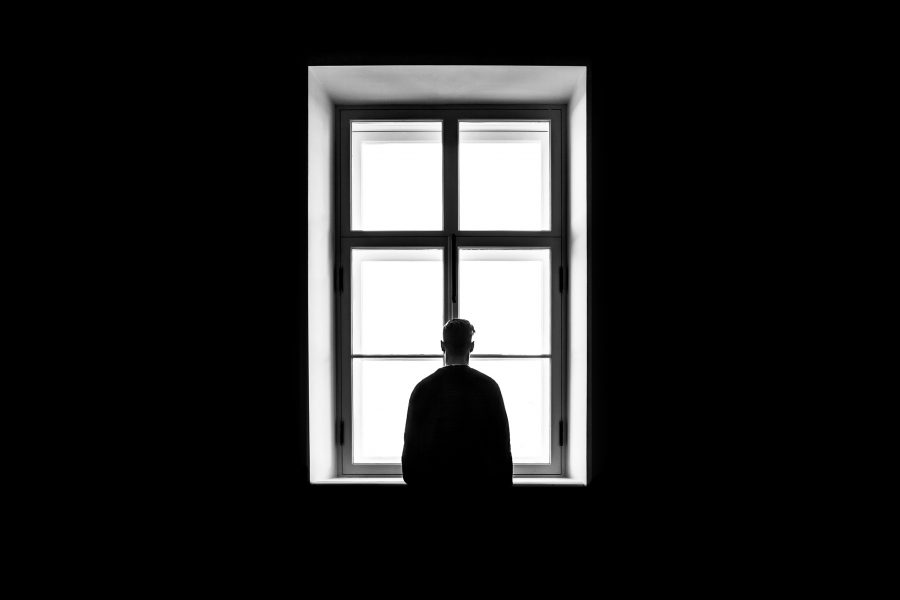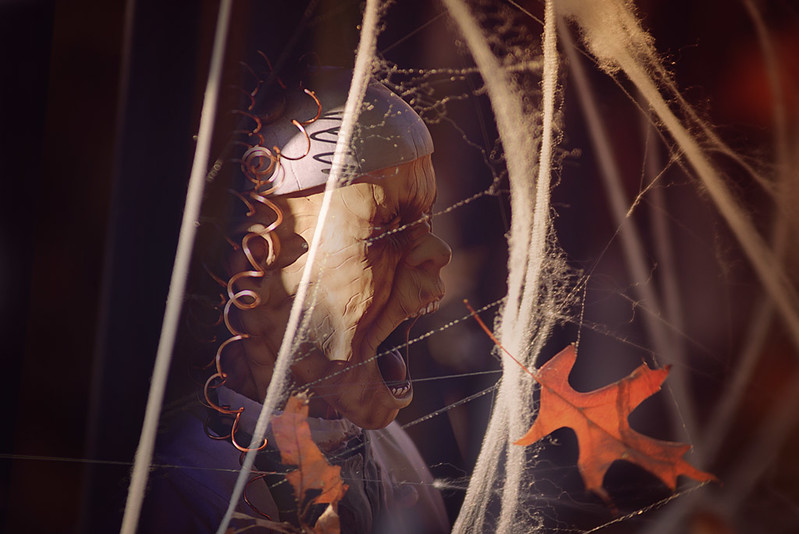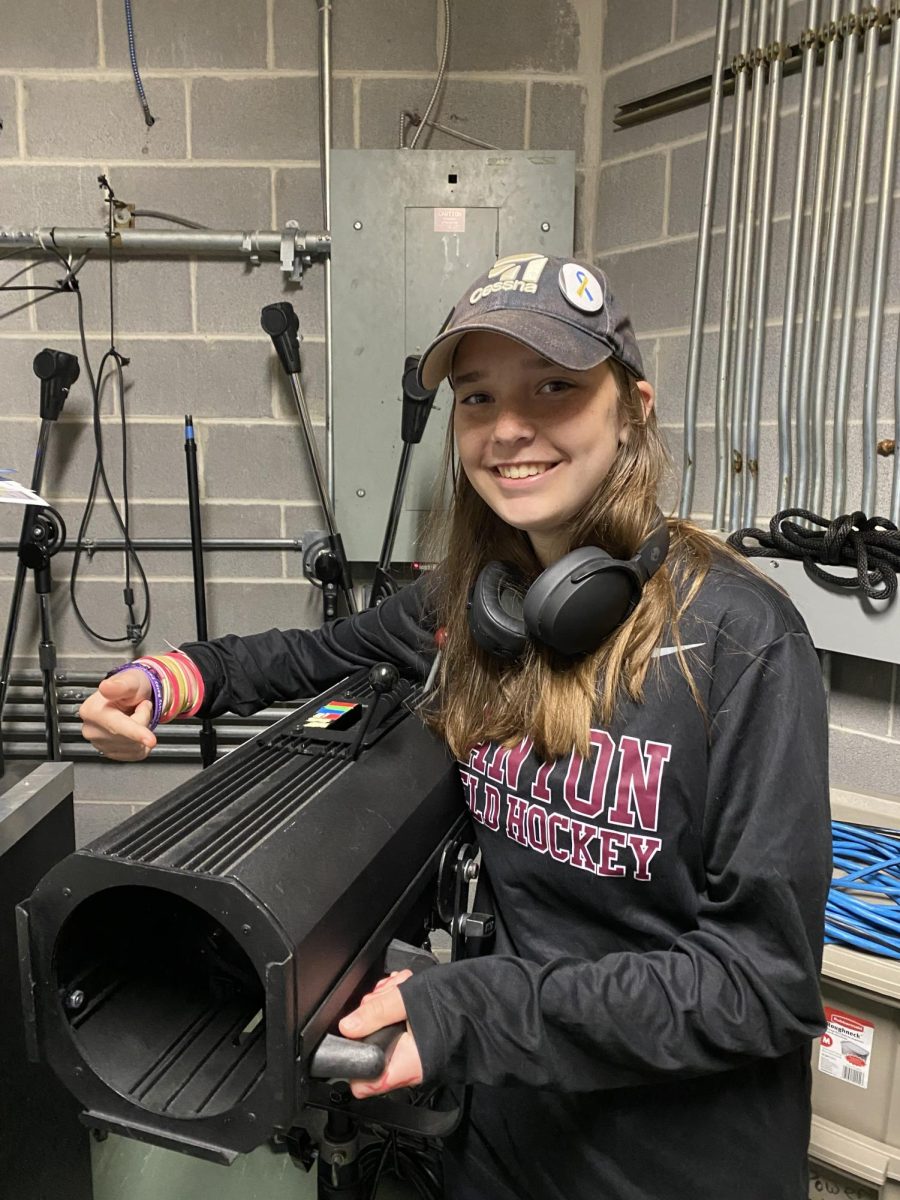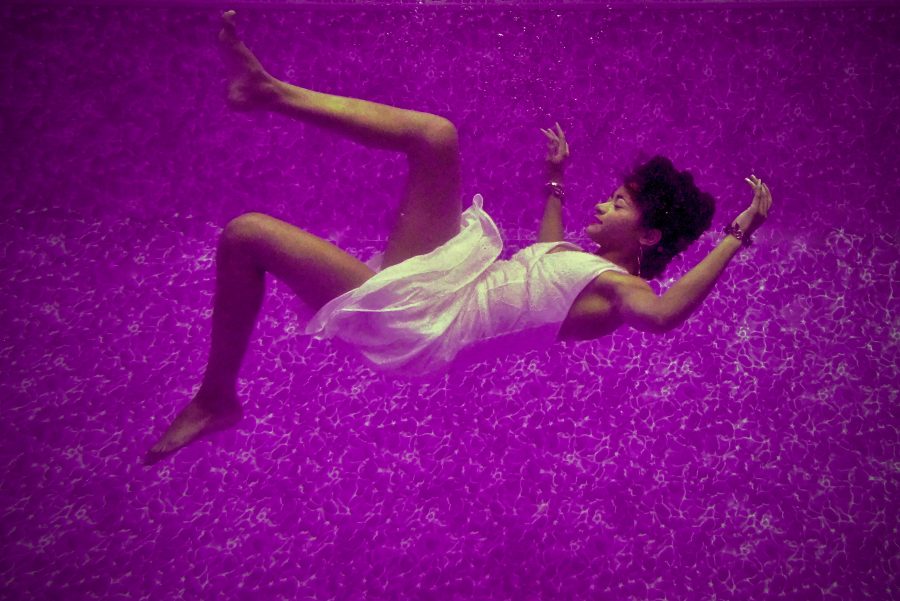As of November 4th, 2018, the clocks “fell back” one hour from Daylight Savings Time to start the shift back to Standard Time.
In the summertime, Daylight Savings Time is a great way to savor the day to achieve longer daylight; however, in the late autumn and winter, the days are shorter as it is, and the shift to Standard Time brings about a lack of natural sunlight due to the sun setting approximately around 4:25 pm every evening.
The lack of natural light can lead to cases of Seasonal Affective Disorder (known as SAD), which is a form of depression linked with late autumn and winter. As the season continues, the ‘disorder’ progressively gets worse.
The symptoms of SAD are generally feeling depressed most of the day, nearly every day, losing interest in activities one once enjoyed, having low energy, having problems with sleeping, experiencing changes in one’s appetite or weight, feeling sluggish or agitated, or having difficulty concentrating.
According to Harvard Medical School, lack of exposure to natural sunlight is a common factor linked to SAD. People mostly rely on indoor lights throughout the winter which can be too mild or weak to SAD patients, and it also isn’t the sun’s natural light.
Another factor corresponding with the disorder is the fact that making the change between Daylight Savings Time and Standard Time interferes with biological schedules and circadian rhythms. As a result of this disruption, people are “aware and active when their internal times want them snug in bed,” causing discomfort with day to day schedules.
There is also the component of brain chemical alteration. The time shift from summer to fall may alter brain levels of serotonin and dopamine, which are brain chemicals that influence and play a role with moods.
One key factor that influences SAD is living far from the equator which may be due to decreased sunlight during the winter and longer days during the summer months.
The good news is that SAD can be treated.
One treatment process is light therapy (photo therapy), which includes sitting in front of a bright light for a short amount of time everyday. The light therapy box mimics outdoor light, and scientists believe that it causes a chemical change in the brain that can improve moods. Before using one, it’s highly recommended to consult with a doctor and understand the regulations and requirements of using one to ensure complete safety.
Another form of treatment is controlled antidepressant medication that aims to help improve moods, improve sleeping habits, and increase appetite and concentration. This form of treatment must be prescribed by a doctor and should only be used to treat severe cases of SAD.
The change from Daylight Savings Time to Standard Time affects everyone in some way, either significantly or mildly. The symptoms for SAD are general during this time of year, and people should not self diagnose without proper evaluation.
(Note: Don’t self diagnose. If you are severely experiencing any of the symptoms listed, see a doctor)
The SAD days have begun
December 13, 2018
Many people are affected by the lack of natural sunlight in the fall and winter months. Photograph by Sasha Freemind via unsplash
0
More to Discover












